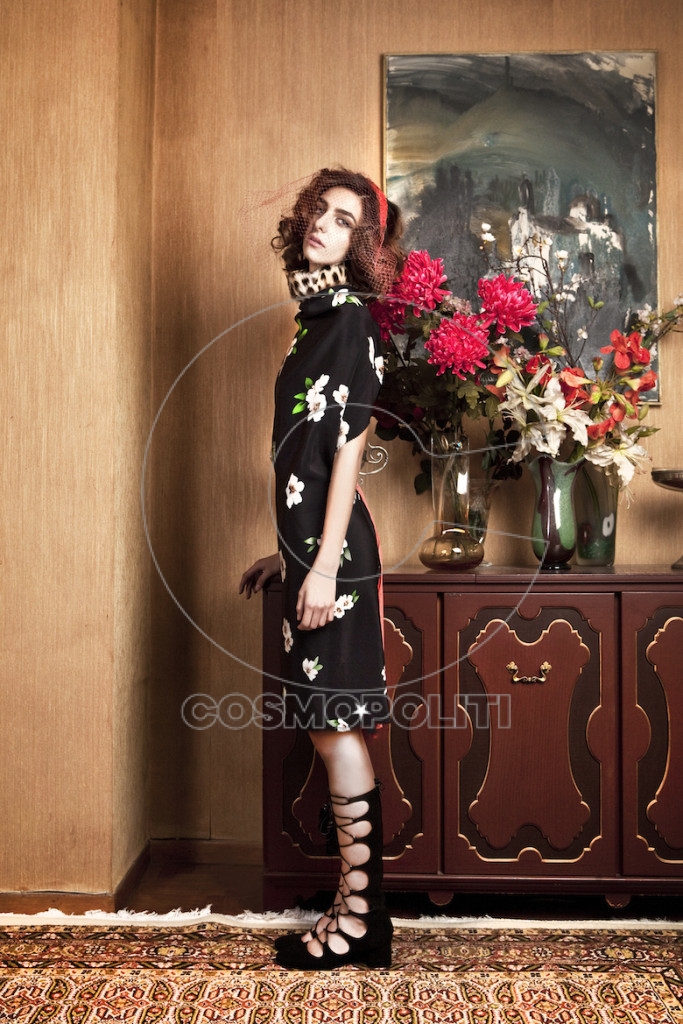
Athenian duo Deux Hommes consists on genuine fashions and creativity in modern-day Greece, a bona fide affair for realistic design and intellectual glamour that combines heritage and intriguing narratives “embroidered” on today’s woman. Interview by Haris Giannouras.
HarisGiannouras: What was the center idea and concept behind your AW15 collection ?
DeuxHommes: For these winter pieces we worked using strong contrasts that are in general evident in contemporary fashion. The counterpoint between a woman and a girl along with various references from past decades, like the 40’s and 70’s. The first is about the cinematic American style linked to the golden era of Hollywood glamour, while
the 70’s reflects the aesthetics of European cinema a. There is this dialogue between the European cinema, which is in a way highly linked with an imagery more internal and clean, and the American silver screen which is certainly more glamorous. At the same time there is a bourgeois attitude, a more grownup dressing code, and a bohemian that seems to represent better the aesthetic of modern-day girls. So at the end all these different contrasts come together in the collection creating investment pieces.
Garments that worth for a woman to invest to, fine quality and high value craftsmanship, but in an interpretation of an evening wear that is more easily designed; And this also evokes a contemporary need of our times.
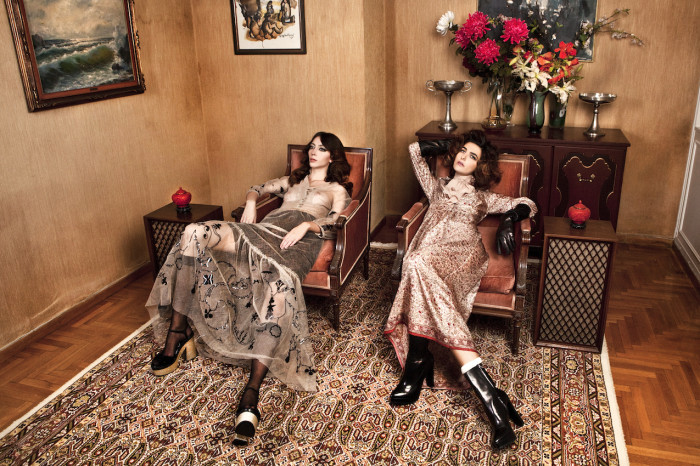
HG: If you were to give a short title to your AW15 pieces what would you choose ?
DH: We thought to paraphrase our brand’s name and call it “Deux Femmes”, which was also the concept we chose for our campaign. And also another alternative could be “Tomorrow’s Parties”, that late 60’s Velvet Underground song, that is both optimistic and at the same time with a small notion of melancholy. What happened to all of that spirit of the era? That kind of girly idea for a party, that is today long gone.
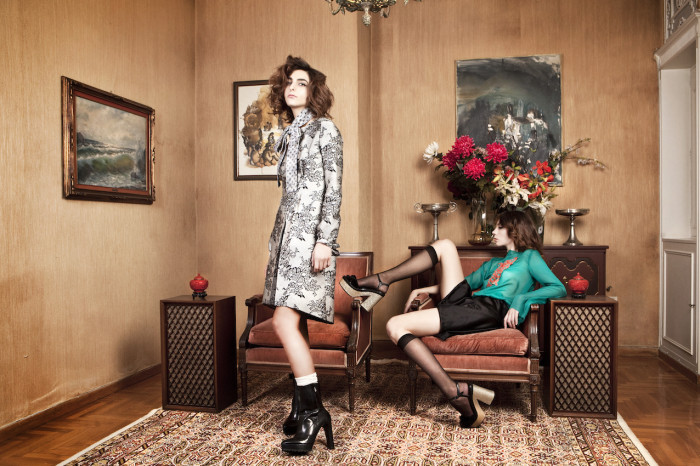
HG: You live and work in Athens, do you maybe find yourself influenced by the city and its people ?
DH: With no intention of being pessimist, the city sometimes seems to inspire in a reverse way. It reminds of what we should not do and all the cliches we are trying to get away from. The way sometimes people here interpret their everyday life, fashion-wise, seems like an image from a day that is dull and has no “color”. Evening wear design also follows the same safe path.
Of course women’s choices have evolved through time, they have incorporated many elements of what it really means to have an individual style, yet the result is still not bold enough. We are still missing brave images in Athens, inspiration for women to help them avoid falling into the categorization of either “proper” or “sexy”.
We still have issues with the way we integrated things that for years now are totally incorporated into the mainstream in other countries, like the deconstruction of fashion, or other cultural inspirations, what we credit as eclectic mix. Having the correct choice of references and inspirations in order to create something new.
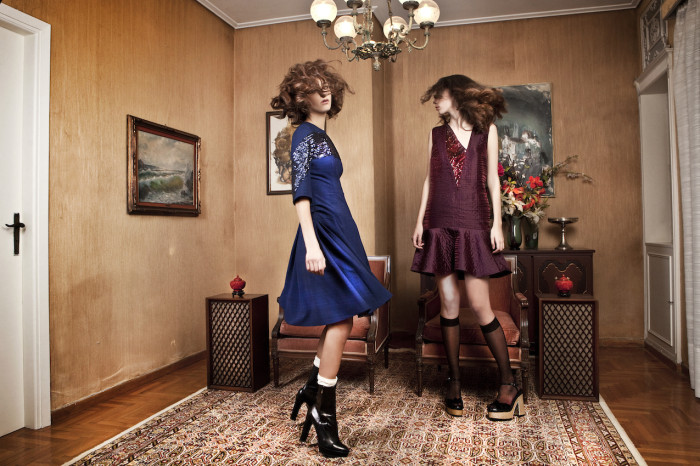
HG:What would you say were the first images that intrigued you in order to be a fashion designer ?
DH: I think the first images came from the cinema, the American silver screen and later on through the coming age of puberty, we came in contact with a more internal and spiritual imagery from the European films. This kind of fascination with cinematic realism is something reflected on our design, we prefer things to have a more cinema like charm rather than a photogenic allure. First and for most clothes should look good and feel good, to take life through a woman’s body language, the way she moves and walks, sits and the way she makes them her own.
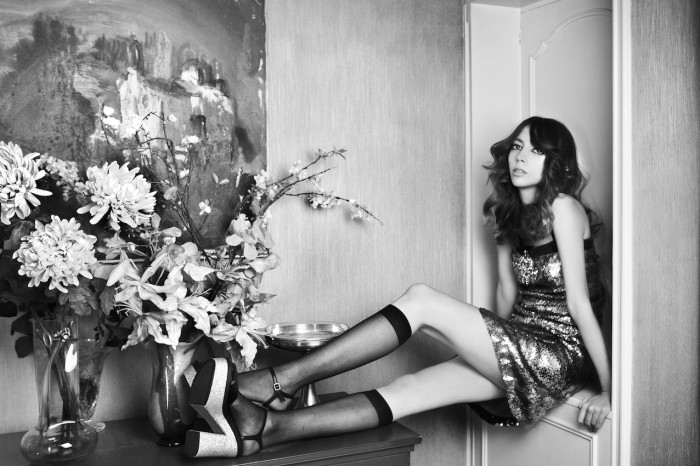
HG: Which is also, in a way, linked to your fashion icons?
DH:Yes exactly, it goes hand in hand with our icons. In that sense we always bring to mind women actresses like Catherine Deneuve, Charlotte Rampling, Romy Schneider, Jeanne Moreau. Also the music of that era, Françoise Hardy, and even later in the 70s figures like Mina, that so boldly embodied that aesthetics of Comedia del’Arte with her dramatic makeup and extravagant alta moda pieces. And years later, we draw inspiration from the kind of women that draw from their own culture and incorporate those elements into their fashion sense. I recently recall watching the Pickpocket by Robert Bresson, that raw first piece of the french Nouvelle Vague… These are the kind of women we want to have in our collections.
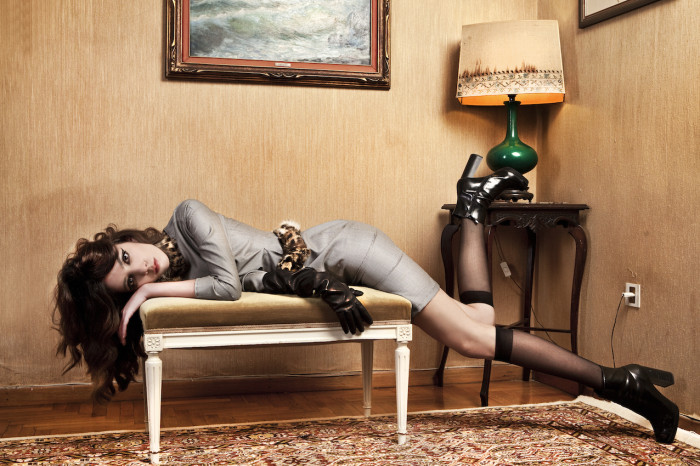
HG: Who would you say is the woman who wears your pieces ?
DH: Deux Hommes’ women are people that like to define and not fall into categories. The ones you cant just so easily organize under a tag. They like a fashion that tells stories and the narrative quality behind our pieces. There are others that are drawn clearly from an aesthetic point of view and also love the craftsmanship of our collections, our fabric choices that are in a way reminiscent of couture and of course our attention to detail, the tailoring process that is perplex without becoming over-complicated. Because that is the most important for us, a realistic based design that tries to get into a woman’s mind and intrigue her just a little, in order to inspire but not scare her.
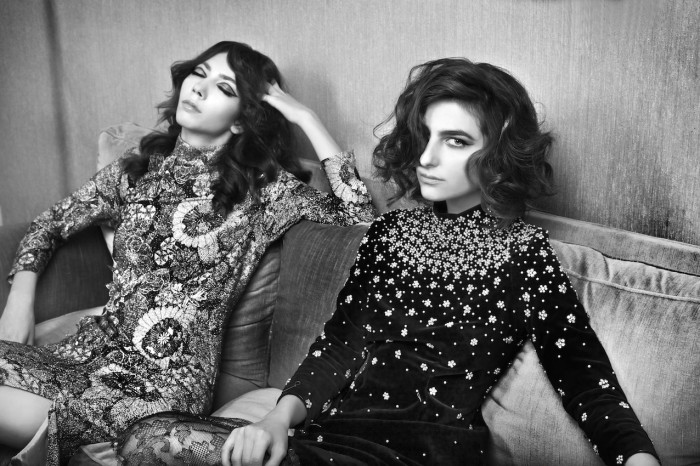
HG: Deux Hommes is a creative partnership, how does this duality favor your work, and is there maybe times when it can have a negative side?
DH: For us the fact that from the beginning on we chose to create DH as a partnership was only a positive situation, a reason to begin an adventure that is fashion. And later on we commonly discovered that creation is a collective process that needs more people on-board. Through our partnership we reflect a form of balance. One is more strict and realistic while the other impulsive. In a way, through all these years, we are working as a creative filter for one another and the end result is a user-friendly fashion, trying to avoid stereotypes and cliches. Another key element through our collaboration was also to try to work with “Fair trade” terms, something that we had as a possibility because our collections were always selected and not large production rants. This allows us having total control over all the stages of production, from the first materials to our collaborations. Certainly in larger quantities, the circumstances are different. So far we had the liberty of working free with fair trade conditions.

HG: Your pieces seem to challenge aesthetic references from various time periods, which would you say is your favorite one ?
DH: The 60s alway come up as point of reference to our work. The way that in that era so many new ideas and revolutions took place, from a social, cultural and political sense, with the music that became fashion, the fact that street style was born, and also an amazing couture, like the creations of Cristóbal Balenciaga and Yves Saint Laurent. While at the same time we had the first images of sexual revolution, with sex appeal liberated and sex gradually integrated into the commune subconscious in a totally natural manner, things that are still issues in modern day Athens, if not the world.
Its astonishing that nudity and gender bending are still an issue, matters long solved in France during the 60s for example.
All these images that are conceived as taboo, which are part of an imagery of immense beauty, end up being treated as something of a shock, or a piece from the tabloids.
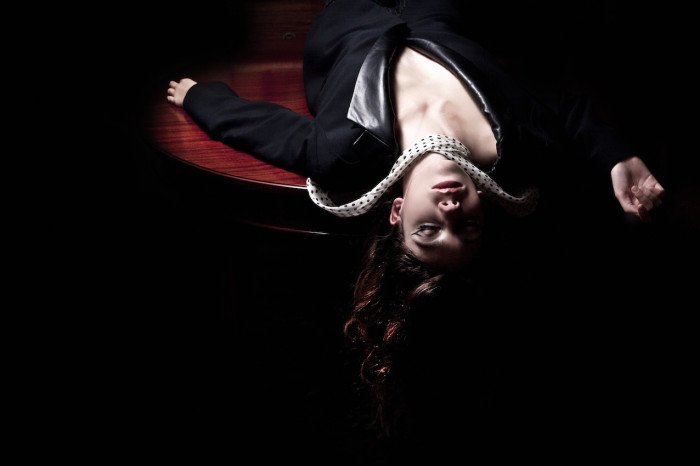
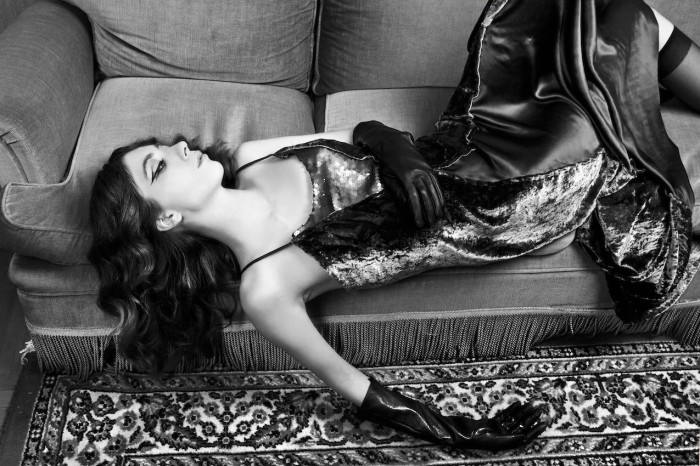
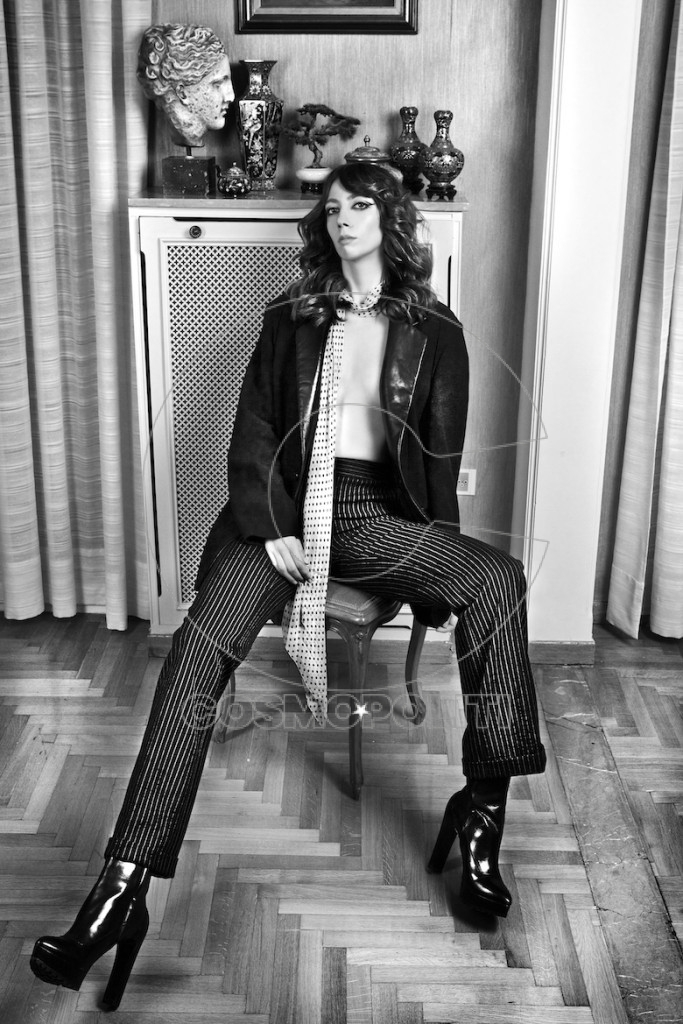
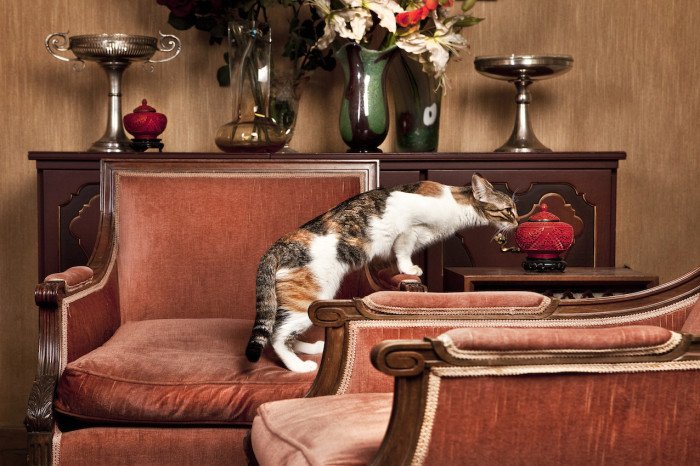
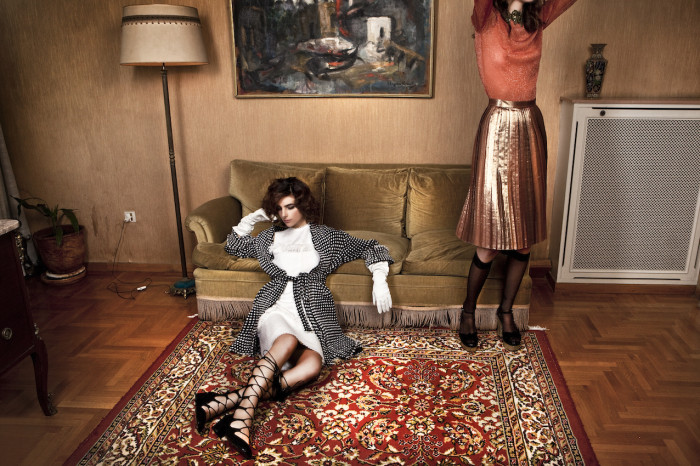



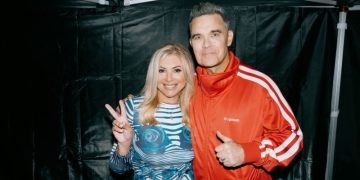





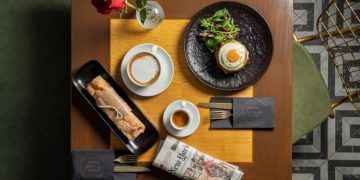

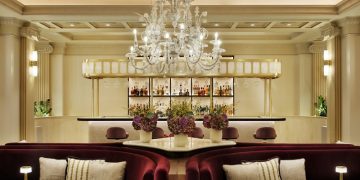

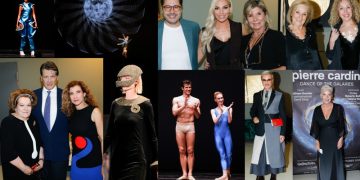



























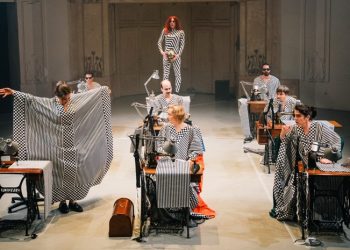
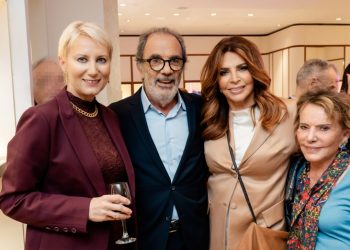
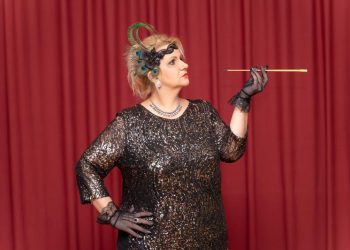
Σχόλια για αυτό το άρθρο